If you click on a link and make a purchase we may receive a small commission. Read our editorial policy.
From New Frontier to the Space Age: DC’s fascination with the post-war period as exemplified by Superman: The Space Age
With Superman: The Space Age reimagining DC’s biggest icons in a facsimile of 20th century history, here’s how DC has showcased its greatest heroes as having the right stuff.

The DC Universe has long maintained a comic book continuity that’s leaned into the possibilities of legacy and accumulated history, with multiple generations of heroes and villains, often holding the same costumed moniker. Boasting a canonical history that spans all the way back to prehistoric times with Anthro and Vandal Savage to the far-future of DC One Million in the 853rd century, the mid-20th century has always been a period of particular storytelling fascination for acclaimed DC Comics stories. This look at the ‘50s and ‘60s is often refracted through the prism of Superman and the Kennedy Administration, with the iconic heroes reacting to the major historical events of the era.
With Superman: The Space Age – written by Mark Russell, illustrated by Michael Allred, colored by Laura Allred, and lettered by Dave Sharpe – covering similar narrative territory, with Clark Kent embracing his superhero destiny in the wake of Kennedy’s assassination, here’s a look at how real-world history in the mid-20th century has served as a backdrop for DC’s biggest characters.
DC New Frontier

Much of DC history aligns with the generational shifts in American comic book publishing history, with the Golden Age running from the ‘30s to the early ‘50s and the Silver Age running from the mid ‘50s to the late ‘60s. This transition was explored in the 2004 comic book miniseries DC New Frontier, written and illustrated by Darwyn Cooke, as the first wave of heroes met a new crop of science fiction-oriented heroes after World War II. Cooke’s story saw trouble back home as Cold War paranoia and Atomic Age advancements clashed while this iteration of the DCU faced its greatest challenge yet.
New Frontier streamlines and condenses much of real-world and DCU history together, covering everything from the final days of WWII in 1945 to the burgeoning days of the Space Race in 1957. Cooke weaves in everything from Senator Joe McCarthy and the House Un-American Committee hounding heroes to publicly unmask themselves to the Korean and Vietnam War drawing in the familiar DC characters into the conflict as proxy wars between the United States and Soviet Union erupt around the globe.
Darwyn’s New Frontier is a story about rediscovering one’s purpose in the face of seemingly never-ending conflict, both abroad and domestic, and not giving into the pitfalls of suspicion and paranoia. The new heroes, from Barry Allen to Hal Jordan, help inspire the veteran heroes as they embrace their own destinies. This theme is driven home by the book’s denouement, set to Kennedy’s “New Frontier” speech at the 1960 Democratic National Convention, with the DC heroes standing triumphantly as the Men and Women of Tomorrow, the ultimate aspirational paradigm for us to follow.
Red Son

If New Frontier presents a hopeful vision of how the DC heroes interfaced with and steered the course of the 20th century, the 2003 miniseries Superman: Red Son gave this alternate history a more sinister edge. Written by Mark Millar, illustrated by Dave Johnson, Andrew Robinson, Walden Wong, and Killian Plunkett, colored by Paul Mounts, and lettered by Ken Lopez, Red Son posited a version of the Superman mythos with Kal-El crash-landing on a Soviet collective farm in the ‘30s rather than rural Kansas and raised to become the Warsaw Pact’s champion.
In this reimagined DCU, Superman isn’t the only familiar hero given an Eastern Bloc angle, with everyone from Batman and Wonder Woman to Lana Lang each given a more Soviet twist. As Superman leads the Soviet Union into an even more totalitarian golden age thanks to his leadership after the assassination of Joseph Stalin, Lex Luthor similarly rises to power in the U.S. Plenty of other historical figures appear throughout Red Son, itself a sort of presumably unintentional The Man in the High Castle pastiche, with role-reversed DC characters completely altering the Cold War.
Superman: The Space Age and the Authority

Russell and Allred’s The Space Age begins its main narrative in 1963, with Clark deciding to embark on a double life as a superhero and leave his hometown of Smallville in the wake of the Kennedy assassination. Kennedy’s sudden death also inspires Bruce Wayne to decide to be more proactive with his own role in maintaining the peace, rather than simply work closely with the Pentagon to provide the latest in advanced technology and weaponry, developing his costumed persona the Batman to take matters into his own hands. As Superman and Batman quickly make names for themselves, heroes like Wonder Woman and Green Lantern both join the fray to defend the world in their own respective ways before all the heroes decide to work together.
The idea of Superman stepping up to fill the inspirational void left by Kennedy is something that set the tone for Grant Morrison and Mikel Janin’s 2021 miniseries Superman and the Authority. The four-issue story saw the Man of Tomorrow transported back to the past where he had the opportunity to befriend Kennedy shortly before the President was killed. Haunted by being unable to save him, Superman became more vigilant in his methodology, leading to the formation of the Authority decades later.
Superman: The Space Age takes this concept one step further, with the national tragedy of the Kennedy assassination inspiring Clark to step up as a superhero in the first place, with Bruce similarly following suit rather than the Man of Steel operating in an apparent vacuum. The Space Age is more firmly rooted in real-world history, providing its own twist on incidents like the Cuban Missile Crisis and how the presence of superheroes would alter them.
The Space Age doesn’t look at mid-20th century history with the idealism of New Frontier or harder-edged cynicism of Red Son but rather by positing how the heroes would react if they were present at the start of the ‘60s all along. There’s something about the Atomic Age idealism, that combination of technologically fueled possibility combined with Kennedy’s message of national duty and renewed sense of purpose that carries over to the DCU – with DC heroes going as far as meeting Kennedy in comics published during his time in office on occasion.
The Space Age may be covering narratively familiar ground, but it finds a way to explore new directions that connects DC’s iconic characters and weaves them into the historical tapestry like never before. The heroes of this era are immediately familiar to the present-day DCU but rooted in the ideals of a time when DC had redefined its own identity as the Silver Age of Comics hit its peak. For the Man of Steel, this gives him a historical inspiration to take up the red cape and save the day while cementing his place in this alternate timeline.
Written by Mark Russell, illustrated by Michael Allred, colored by Laura Allred, and lettered by Dave Sharpe, Superman: The Space Age # is on sale now.
Batman ‘89 creators unpack their return to the world of Keaton’s Dark Knight.
Follow Popverse for upcoming event coverage and news
Find out how we conduct our review by reading our review policy
Let Popverse be your tour guide through the wilderness of pop culture
Sign in and let us help you find your new favorite thing.


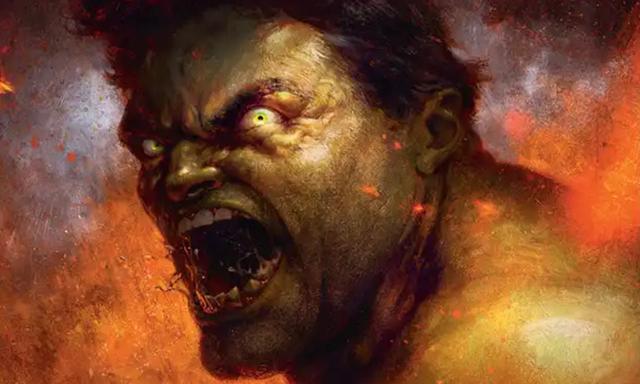

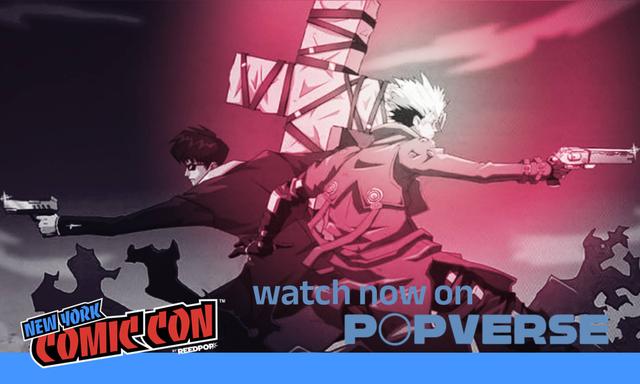


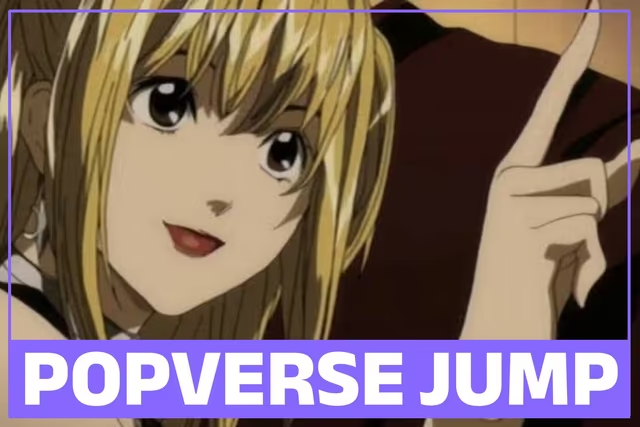
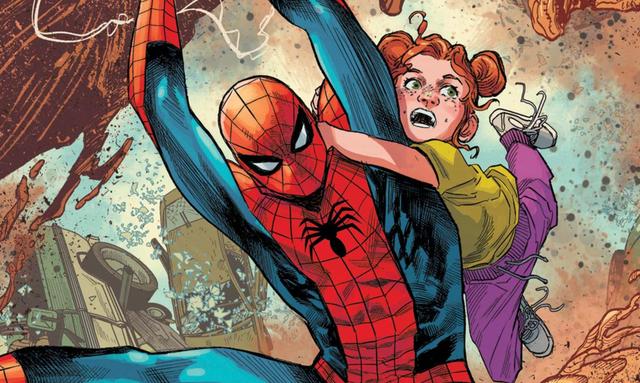
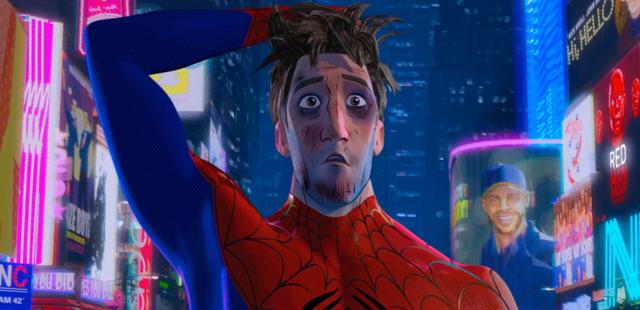






Comments
Want to join the discussion? Please activate your account first.
Visit Reedpop ID if you need to resend the confirmation email.